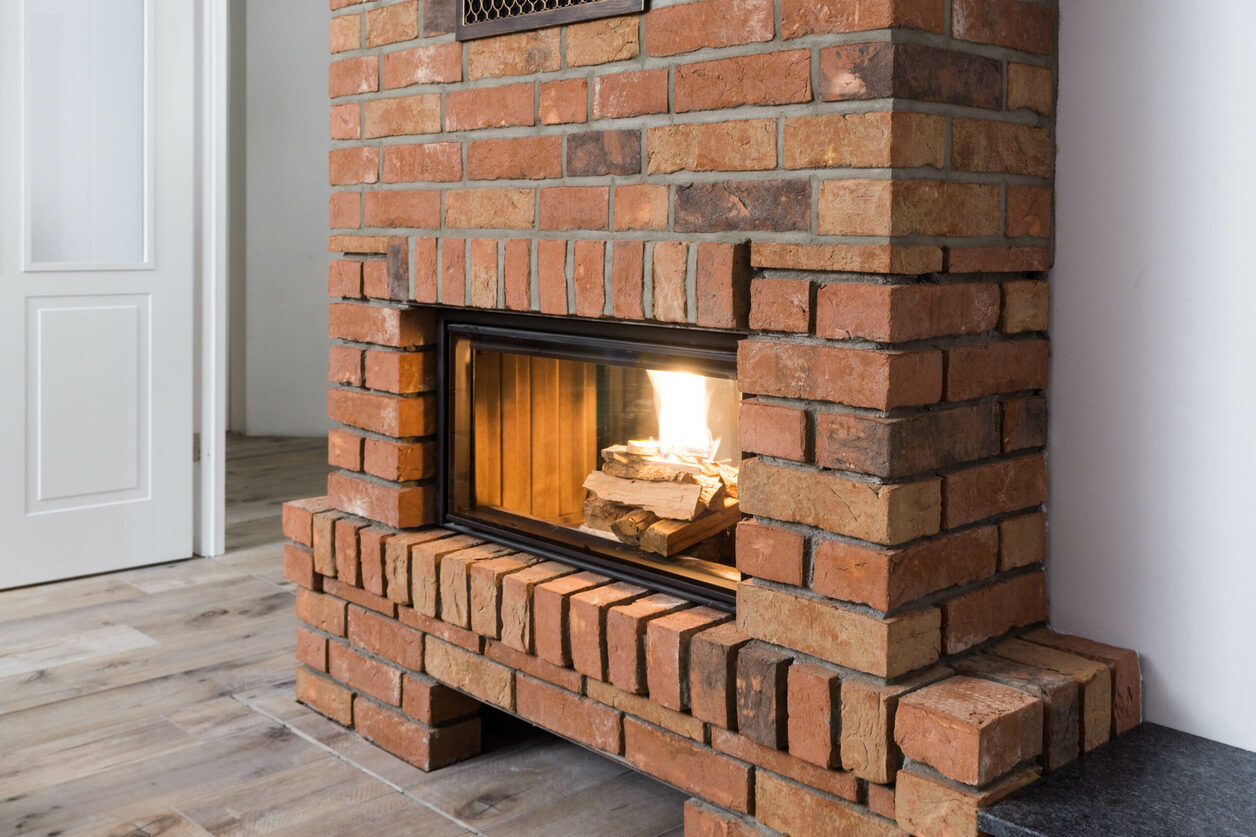

Articles
What Is The Bottom Part Of A Fireplace Called
Modified: December 7, 2023
Learn about the different parts of a fireplace, including the bottom portion known as the hearth. Discover more in our informative articles.
(Many of the links in this article redirect to a specific reviewed product. Your purchase of these products through affiliate links helps to generate commission for Storables.com, at no extra cost. Learn more)
Introduction
When envisioning a cozy and inviting space, a fireplace often comes to mind. A fireplace not only adds warmth to a room but also creates a focal point that enhances the overall ambiance. While the entire structure of a fireplace is important, one particular component that plays a crucial role is the bottom part.
The bottom part of a fireplace, also known as the hearth or the firebox, serves as the foundation on which the fire burns. It acts as a protective barrier between the fire and the surrounding area, preventing the fire from spreading and ensuring the safety of the space.
In this article, we will delve into the anatomy of a fireplace and explore the various aspects of the bottom part. We will discover its purpose, the different names it is referred to, the materials commonly used, the importance of proper maintenance, and the enhancements and accessories that can be added to elevate the fireplace’s aesthetic appeal.
So, if you’ve ever wondered about the bottom part of a fireplace and its significance, read on to gain a better understanding of this essential element.
Key Takeaways:
- The bottom part of a fireplace, also known as the hearth or firebox, serves as a protective barrier, promotes efficient combustion, and enhances the aesthetic appeal of the room, creating a cozy and intimate atmosphere.
- Understanding the different names, common materials, and the importance of proper maintenance for the bottom part of a fireplace is crucial for effective communication, safety, and longevity of this timeless feature.
Anatomy of a Fireplace
Before we delve into the specifics of the bottom part of a fireplace, let’s first familiarize ourselves with the overall anatomy of this timeless feature.
A typical fireplace consists of various components that work together to create a functional and visually pleasing unit. These components include:
- Mantel: The mantel is often considered the centerpiece of a fireplace. It is a decorative shelf or beam that extends across the top of the fireplace, serving as a display area for personal mementos, artwork, or seasonal decorations.
- Firebox: The firebox is the chamber where the fire is actually contained. It is usually made of fire-resistant materials such as brick or stone and is responsible for holding the fuel (wood, gas, or pellets) and containing the flames.
- Smoke Chamber: Located above the firebox, the smoke chamber is designed to direct the smoke and combustion byproducts up and out of the chimney. It helps to minimize the buildup of smoke and ensure proper ventilation.
- Chimney: The chimney is the vertical structure that extends above the roofline, allowing smoke and exhaust gases to escape. It plays a vital role in facilitating proper airflow and preventing the buildup of harmful substances in the living space.
These are the fundamental components of a fireplace, with each contributing to its functionality and aesthetic appeal. Now, let’s turn our attention to the bottom part of a fireplace to understand its specific role and purpose.
The Bottom Part of a Fireplace: Understanding its Purpose
The bottom part of a fireplace, commonly known as the hearth or the firebox, serves a crucial purpose in the overall functionality and safety of the fireplace. Let’s explore its role in more detail.
One of the primary functions of the bottom part of a fireplace is to provide a stable and heat-resistant base for the fire. It acts as a protective barrier between the fire and the surrounding area, preventing any accidental spreading of flames and ensuring the safety of the space. The heat-resistant materials used in the construction of the hearth help to minimize the risk of fire-related incidents and create a controlled environment for the fire to burn.
Additionally, the bottom part of a fireplace helps to direct the flow of air for efficient and effective combustion. It provides a stable platform for positioning the fuel and controlling the airflow, allowing the fire to burn steadily and evenly. The design and construction of the hearth play a crucial role in creating a proper air circulation system, ensuring that the fire burns efficiently with minimal smoke and emission of harmful gases.
Besides its functional purpose, the bottom part of a fireplace also contributes to the overall aesthetic appeal of the fireplace. It serves as a backdrop for the flickering flames, adding visual depth and enhancing the ambiance of the space. The choice of materials, such as natural stone, brick, or tiles, can greatly impact the overall look and feel of the fireplace, complementing the surrounding decor and style.
Furthermore, the hearth often serves as a gathering place. Its low, elevated position creates a natural seating area, allowing individuals to sit closely around the fire and enjoy its warmth and glow. The bottom part of a fireplace, in this sense, fosters a sense of connection and intimacy, making it a focal point for social interactions and relaxation.
Overall, the bottom part of a fireplace plays a critical role in both the functionality and aesthetic appeal of this timeless feature. It ensures the safety of the space, promotes efficient combustion, and adds visual depth and warmth to the room. Understanding its purpose provides us with a deeper appreciation for the practical and aesthetic aspects of a fireplace.
Different Names for the Bottom Part of a Fireplace
When it comes to referring to the bottom part of a fireplace, there are several terms used interchangeably to describe this essential component. Understanding these different names can help clarify any confusion and enhance your knowledge of fireplace terminology.
1. Hearth: The term “hearth” is perhaps the most commonly used name for the bottom part of a fireplace. It originally referred to the stone or brick floor in front of a fireplace that protected the surrounding area from sparks and ashes. Over time, the term expanded to encompass the entire bottom part of the fireplace, including the firebox.
2. Firebox: Another name for the bottom part of a fireplace is the “firebox.” This refers specifically to the chamber where the fire is contained and controlled. The firebox is typically made of fire-resistant materials such as brick or stone and is designed to withstand high temperatures and prevent the spread of flames.
3. Bottom Hearth: Sometimes, the term “bottom hearth” is used to specifically denote the lowermost part of the fireplace, where the fire sits. This helps differentiate it from the upper part of the hearth, which may refer to the space immediately in front of the fireplace opening.
4. Floor of the Fireplace: Another straightforward way to refer to the bottom part of a fireplace is simply the “floor of the fireplace.” This emphasizes the function of the component as the foundation upon which the fire burns.
5. Fireplace Base: The term “fireplace base” is also used to describe the bottom part of a fireplace. This highlights the role of the component as the base or support for the rest of the fireplace structure.
It’s important to note that while these terms are often used interchangeably, they all refer to the same essential component of a fireplace. The choice of terminology may vary depending on regional preferences, personal preference, or the specific context in which the fireplace is being discussed.
By familiarizing yourself with these different names, you can communicate effectively about fireplaces and better understand the role and significance of the bottom part of this beloved feature.
The bottom part of a fireplace is called the hearth. It is typically made of fire-resistant materials and serves as a protective barrier between the fire and the surrounding area.
Common Materials Used for the Bottom Part
When it comes to constructing the bottom part of a fireplace, various materials are used, each with its unique characteristics and aesthetic appeal. The choice of materials can greatly impact the overall look, functionality, and longevity of the fireplace. Let’s explore some of the most common materials used for the bottom part of a fireplace.
1. Brick: Brick is a popular choice for the bottom part of a fireplace due to its durability and heat-retaining properties. It can withstand high temperatures without warping or cracking, making it an excellent material for containing the fire. Brick also lends a classic and rustic look to the fireplace, adding a timeless charm to the space.
2. Stone: Natural stone, such as granite, marble, or slate, is another commonly used material for the bottom part of a fireplace. Stone not only offers exceptional heat resistance but also adds a luxurious and earthy aesthetic to the fireplace. The natural variations in color and texture create a visually striking focal point.
3. Tiles: Tiles, such as ceramic or porcelain, provide endless design possibilities for the bottom part of a fireplace. They come in various shapes, sizes, and colors, allowing for a customized and creative look. Tiles are heat-resistant and relatively easy to clean, making them a practical choice for the hearth.
4. Concrete: Concrete is a versatile material that can be molded into various shapes and finishes. It offers durability and fire resistance, making it suitable for the bottom part of a fireplace. Concrete can be left in its natural form for a minimalist and modern look or can be polished and stained to achieve a more refined appearance.
5. Steel: In more contemporary and industrial-style fireplaces, steel is often used for the bottom part. Steel provides a sleek and minimalist aesthetic and offers excellent heat resistance. It can be combined with other materials, such as glass, to create a modern and visually striking fireplace design.
These are just a few examples of the common materials used for the bottom part of a fireplace. It’s essential to consider factors such as heat resistance, durability, aesthetic appeal, and maintenance requirements when selecting the material for the hearth. Ultimately, the chosen material should not only serve its functional purpose but also enhance the overall beauty and charm of the fireplace.
Read more: What Are Parts Of Stairs Called
Importance of Proper Maintenance
Proper maintenance is crucial to ensure the safety, performance, and longevity of the bottom part of a fireplace. Neglecting maintenance can lead to various issues, including safety hazards, inefficient operation, and costly repairs. Let’s explore the importance of proper maintenance for the bottom part of a fireplace.
1. Safety: Regular maintenance helps identify and address any potential safety hazards. Over time, the bottom part of a fireplace can accumulate debris, such as ash or creosote, which can increase the risk of a chimney fire. Routine cleaning and inspection can help remove these obstructions and ensure that the fireplace operates safely and efficiently.
2. Efficiency: A well-maintained bottom part of a fireplace contributes to efficient operation. Obstructions or deterioration of the firebox can impact the airflow, diminishing the fireplace’s heating performance. Regular maintenance, including cleaning and inspection, allows for optimal airflow, ensuring that the fire burns consistently and produces maximum heat.
3. Prolonged Lifespan: Proper maintenance helps prolong the lifespan of the bottom part of a fireplace. Regular cleaning and inspection prevent the build-up of creosote, a highly flammable substance produced during the combustion process. Minimizing creosote build-up reduces the risk of chimney fires and extends the lifespan of the fireplace components.
4. Prevention of Damage: Regular maintenance can help detect and address any signs of damage in the bottom part of a fireplace. Cracks in the firebox or damaged masonry can impact the structural integrity of the fireplace. Taking prompt action to repair and restore the damaged areas can prevent further deterioration and costly repairs in the future.
5. Preservation of Aesthetic Appeal: Maintaining the bottom part of a fireplace also ensures its aesthetic appeal. Regular cleaning and upkeep of materials such as brick, stone, or tiles help preserve their natural beauty and prevent discoloration or damage. This enhances the overall visual appeal of the fireplace and the room it resides in.
To maintain the bottom part of a fireplace effectively, it is recommended to schedule professional chimney sweeps and inspections at least once a year. This allows experts to thoroughly clean the fireplace and chimney, check for any structural issues, and identify potential areas of concern.
In addition, homeowners can perform routine maintenance tasks, such as cleaning the firebox and monitoring for signs of damage or wear. Following manufacturer’s guidelines for specific maintenance procedures, using the appropriate cleaning products, and practicing safe fireplace operation further contribute to the overall maintenance and care of the bottom part of a fireplace.
By prioritizing proper maintenance, homeowners can enjoy a safe, efficient, and visually appealing fireplace for years to come.
Enhancements and Accessories for the Bottom Part of a Fireplace
The bottom part of a fireplace not only serves a functional purpose but can also be enhanced with accessories to elevate its aesthetic appeal and create a more inviting atmosphere. Let’s explore some popular enhancements and accessories that can be incorporated into the design of the bottom part of a fireplace.
1. Hearth Rugs: Hearth rugs are specially designed rugs that are placed in front of the fireplace. They help protect the flooring from sparks, embers, and ash while adding a decorative touch. Hearth rugs come in various styles, colors, and sizes, allowing homeowners to choose one that complements the overall decor of the room.
2. Fireplace Screens: Fireplace screens are both functional and decorative additions to the bottom part of a fireplace. They help contain sparks and prevent them from spreading into the room. Fireplace screens come in a variety of styles, from simple mesh screens to ornate decorative screens, adding charm and visual interest to the fireplace.
3. Fireplace Tool Sets: Fireplace tool sets are essential accessories for the bottom part of a fireplace. They typically include tools such as a poker, shovel, brush, and tongs, allowing for easy manipulation of the fire and cleaning of the firebox. Fireplace tool sets come in various designs and finishes, adding a touch of elegance and practicality to the hearth area.
4. Wood Baskets or Log Holders: Wood baskets or log holders are functional and stylish additions to the bottom part of a fireplace. They provide a convenient and organized storage solution for firewood, ensuring that it is easily accessible when needed. Wood baskets or log holders come in various materials, such as metal, woven wicker, or leather, adding a rustic or contemporary touch to the hearth area.
5. Decorative Accents: The bottom part of a fireplace can be enhanced with decorative accents such as candle holders, vases, or small sculptures. These accents can be placed on the hearth or mantel, adding a personal and artistic touch to the overall fireplace design.
6. Artwork or Mirrors: Hanging artwork or mirrors above the bottom part of a fireplace can create a visually striking focal point. It adds depth and dimension to the fireplace area and reflects light, making the space feel larger and more inviting. The artwork or mirror should be properly secured and positioned to ensure safety and stability.
These are just a few examples of the enhancements and accessories that can be incorporated into the bottom part of a fireplace. The choice of accessories depends on personal style preferences and the overall theme of the room. It’s important to ensure that any accessories added to the fireplace are safe, properly installed, and complement the overall design aesthetic.
By carefully selecting and incorporating these enhancements and accessories, homeowners can personalize their fireplace, transforming it into a visually pleasing and cozy focal point in any living space.
Conclusion
The bottom part of a fireplace, also known as the hearth or firebox, plays a vital role in the functionality, safety, and aesthetic appeal of this timeless feature. Understanding its purpose and importance allows us to appreciate the craftsmanship and attention to detail that goes into creating a well-designed fireplace.
The bottom part of a fireplace serves as a protective barrier, containing the fire and preventing the spread of flames. It also contributes to efficient combustion, directing the flow of air and ensuring optimal heating performance. Additionally, the hearth adds visual depth and warmth to the room, creating a cozy and intimate atmosphere.
It is important to know the different names used to refer to the bottom part of a fireplace, such as hearth, firebox, bottom hearth, or fireplace base. This enables effective communication and a better understanding of fireplace terminology.
Various materials are commonly used for the bottom part of a fireplace, including brick, stone, tiles, concrete, and steel. Each material offers its own unique characteristics, contributing to the overall durability, heat resistance, and aesthetic appeal of the fireplace.
Proper maintenance of the bottom part of a fireplace is crucial to ensure its safety, efficiency, and longevity. Regular cleaning, inspection, and repair help prevent safety hazards, maintain optimal heating performance, and preserve the aesthetic beauty of the fireplace.
Enhancements and accessories can further elevate the bottom part of a fireplace, adding a personalized and decorative touch. Hearth rugs, fireplace screens, tool sets, wood baskets, and decorative accents are just some of the options available to enhance the fireplace’s functionality and visual appeal.
In conclusion, the bottom part of a fireplace is an essential component that deserves attention and care. It not only provides the foundation for the fire but also contributes to the overall charm and warmth of the room. By understanding its purpose, selecting the right materials, and implementing proper maintenance, homeowners can enjoy the beauty and functionality of their fireplace for years to come.
Frequently Asked Questions about What Is The Bottom Part Of A Fireplace Called
Was this page helpful?
At Storables.com, we guarantee accurate and reliable information. Our content, validated by Expert Board Contributors, is crafted following stringent Editorial Policies. We're committed to providing you with well-researched, expert-backed insights for all your informational needs.
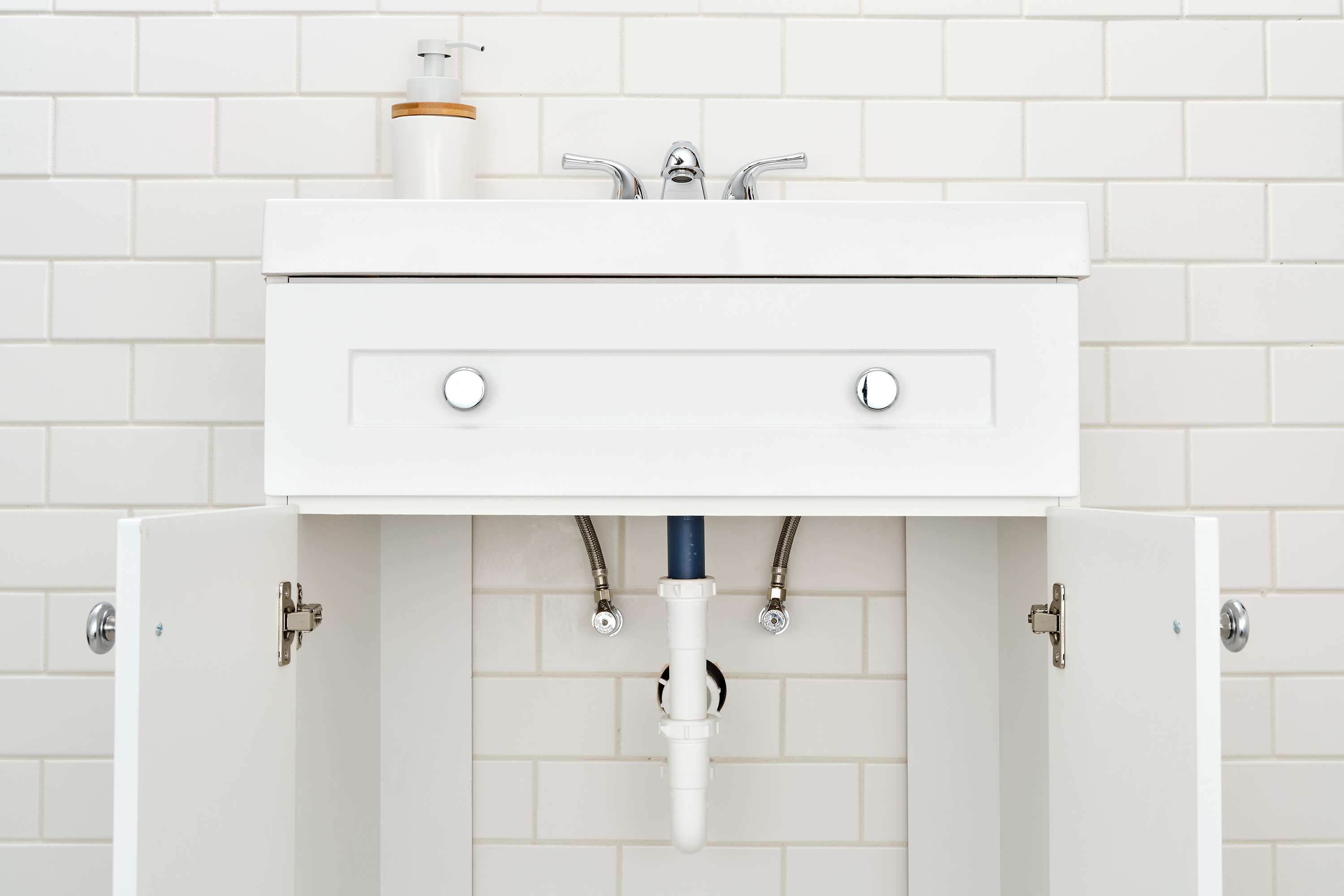
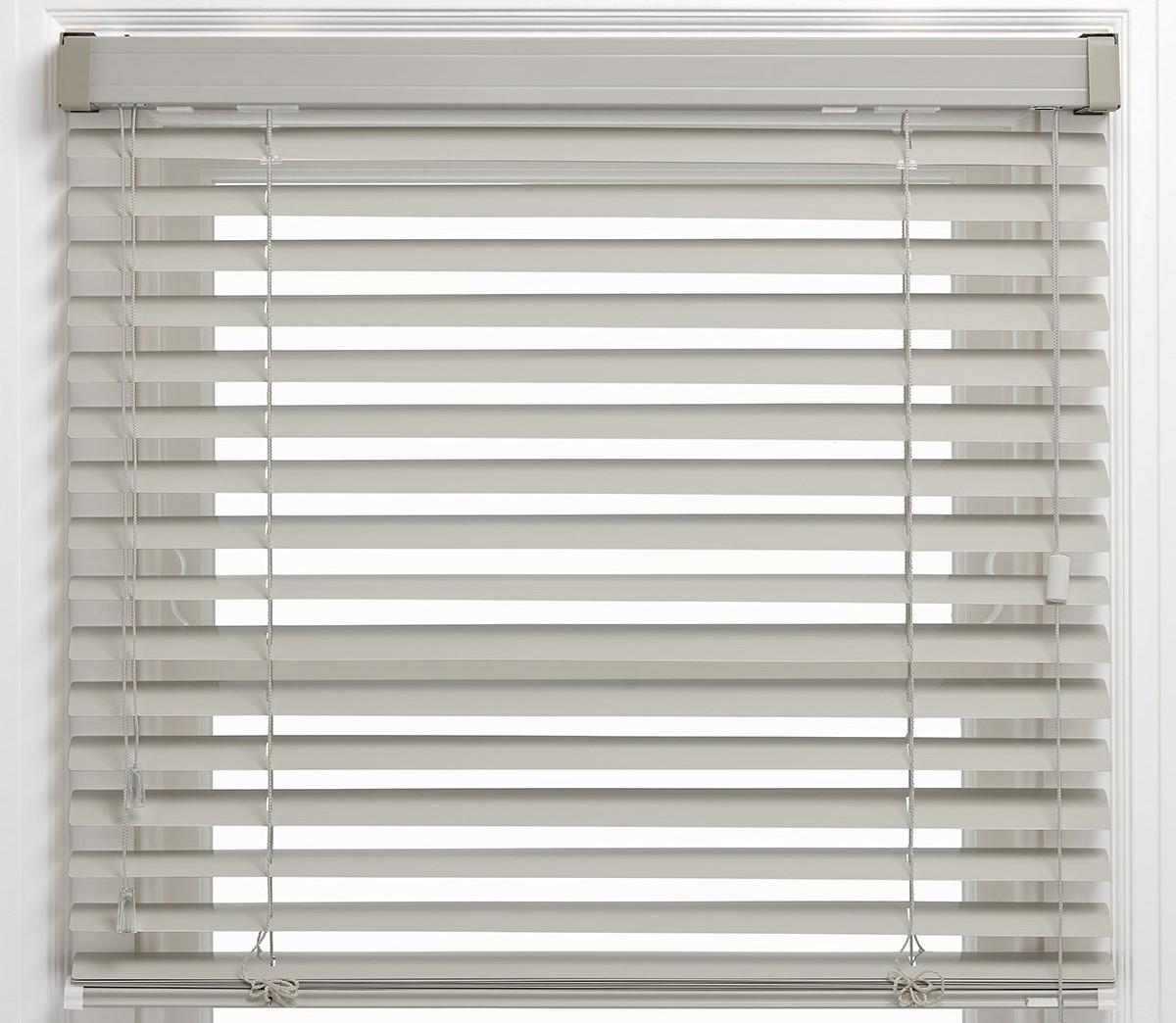
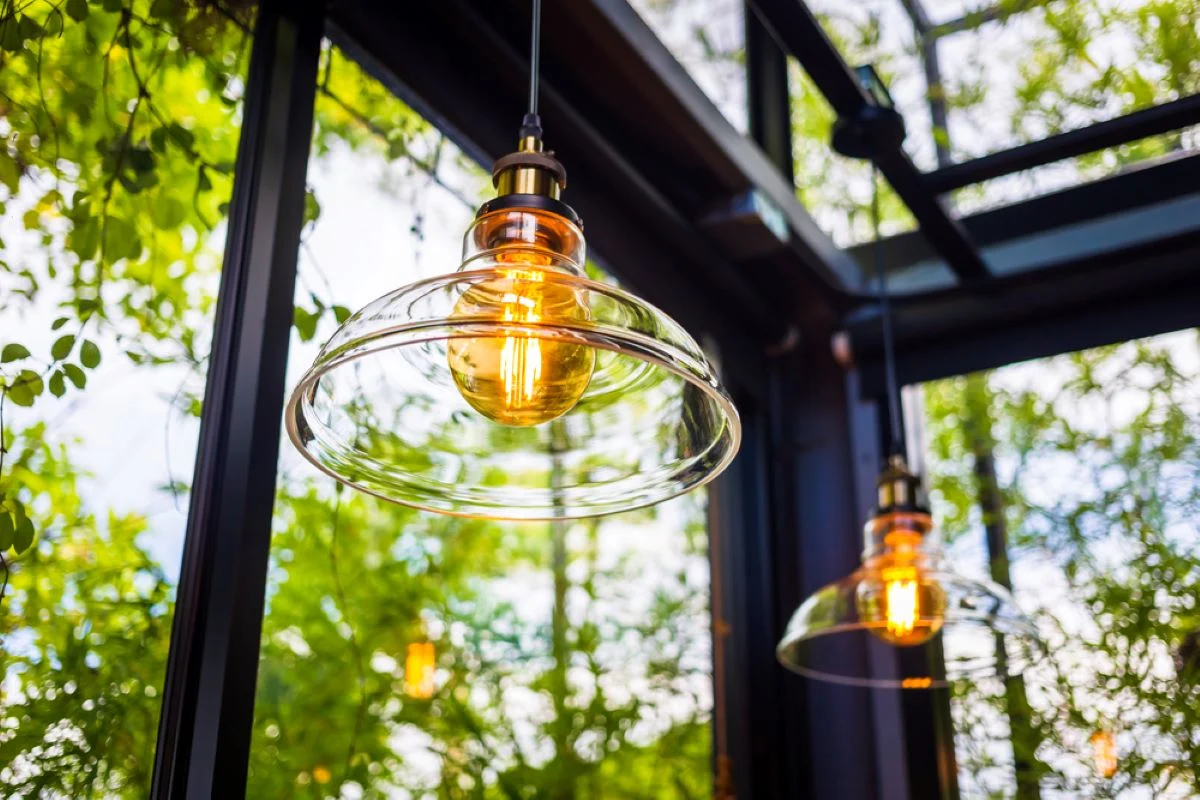
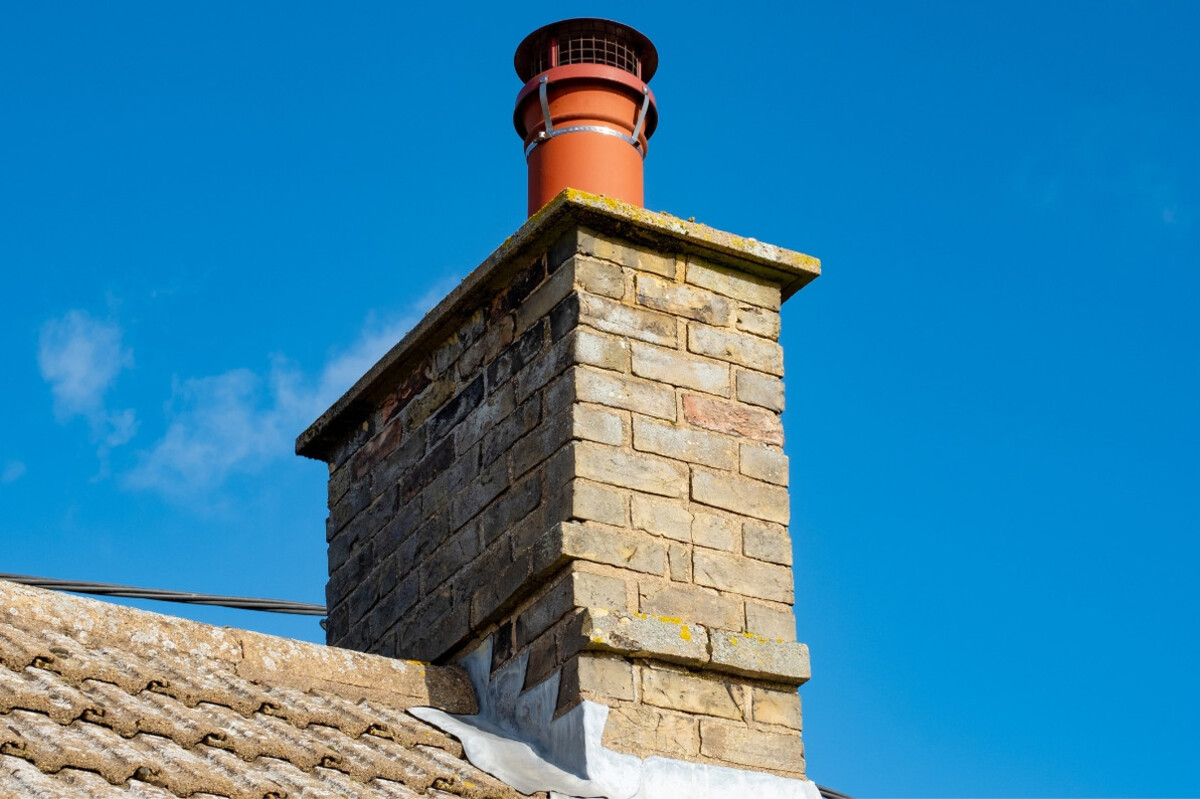
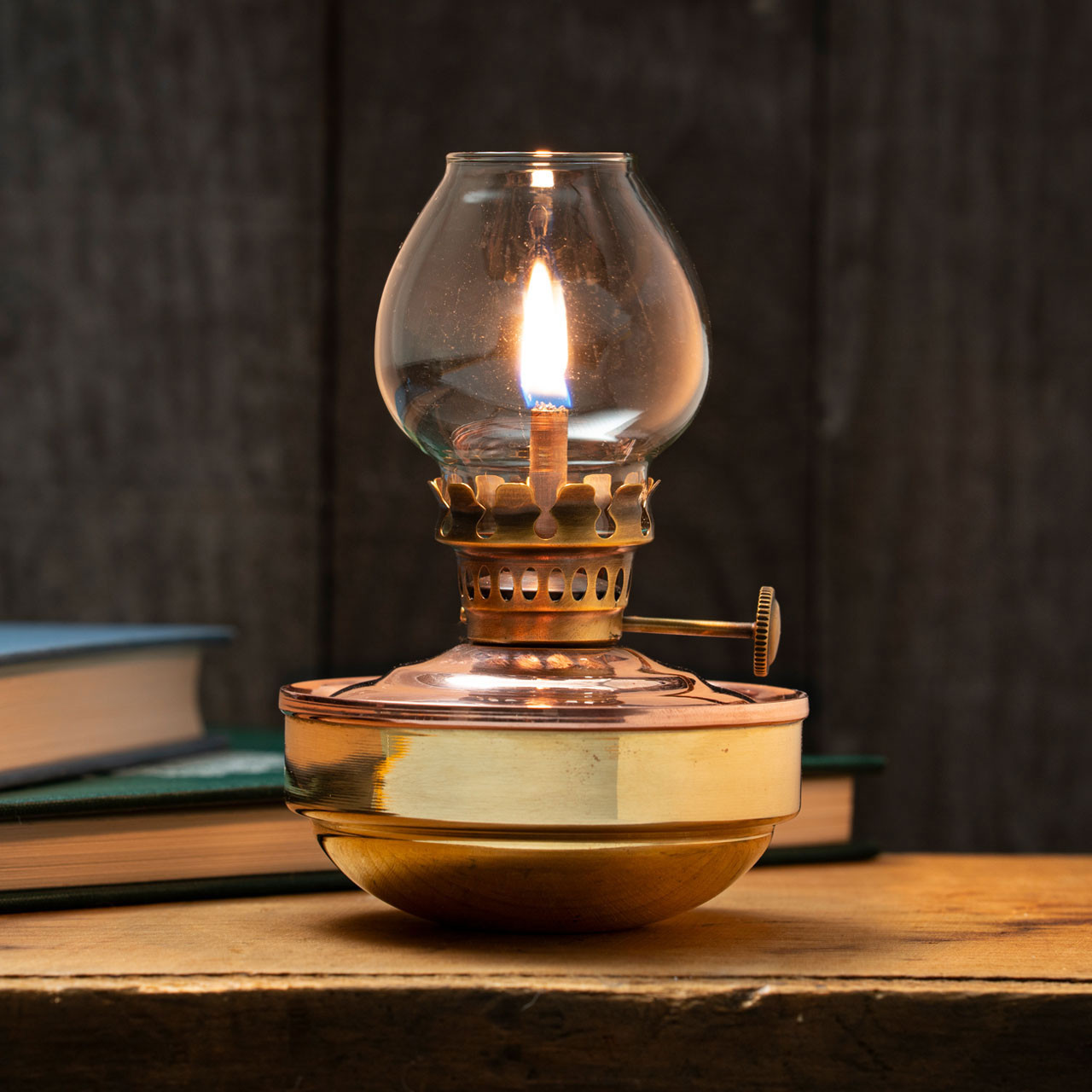

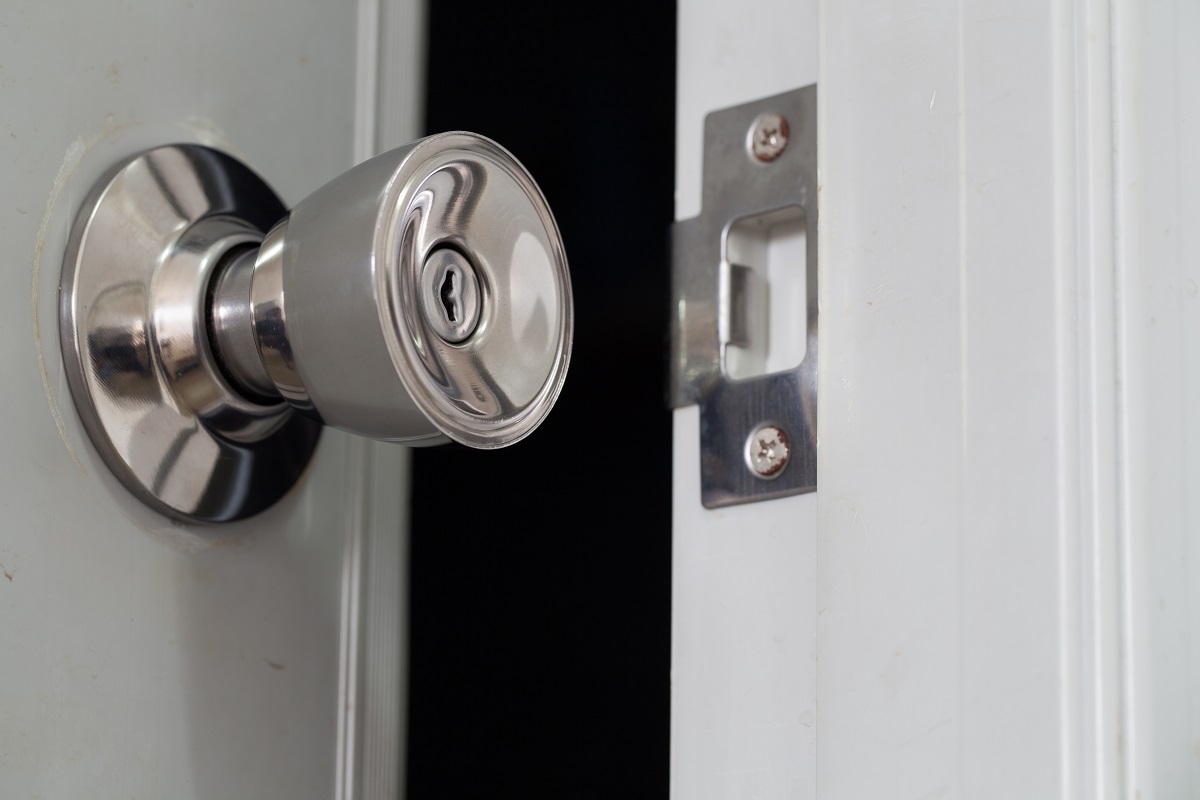
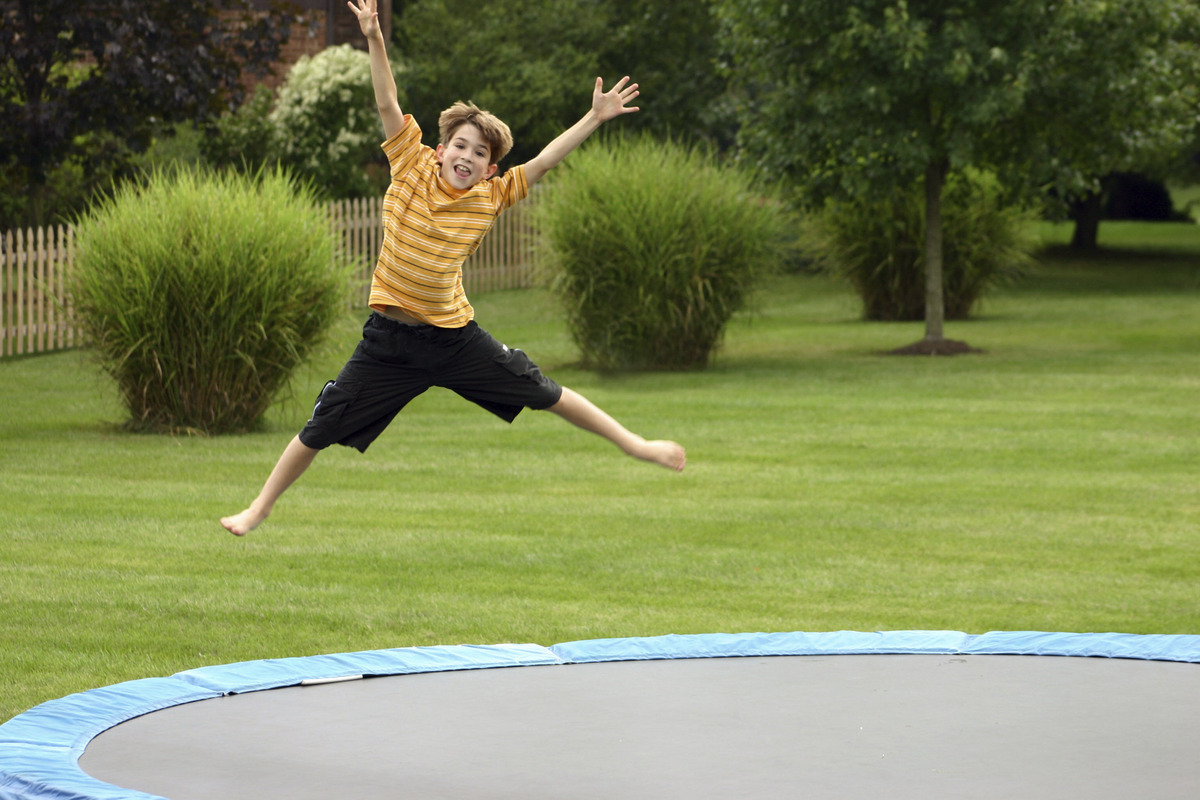
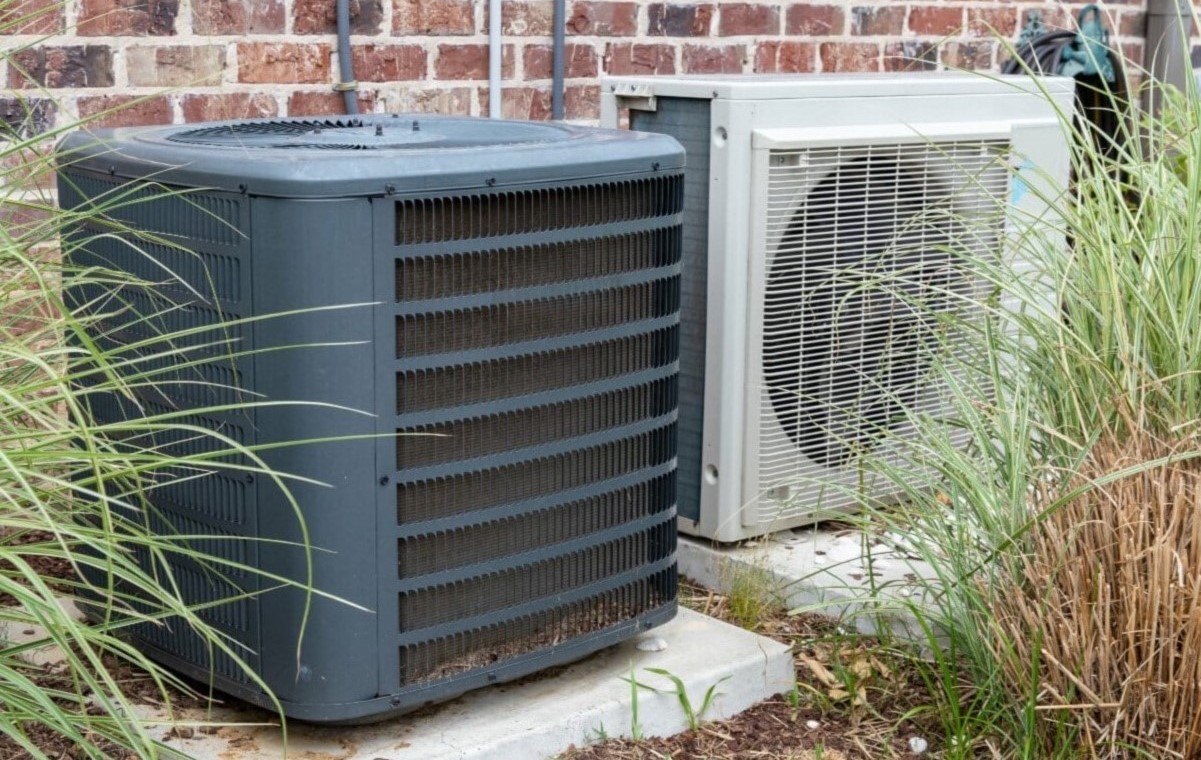
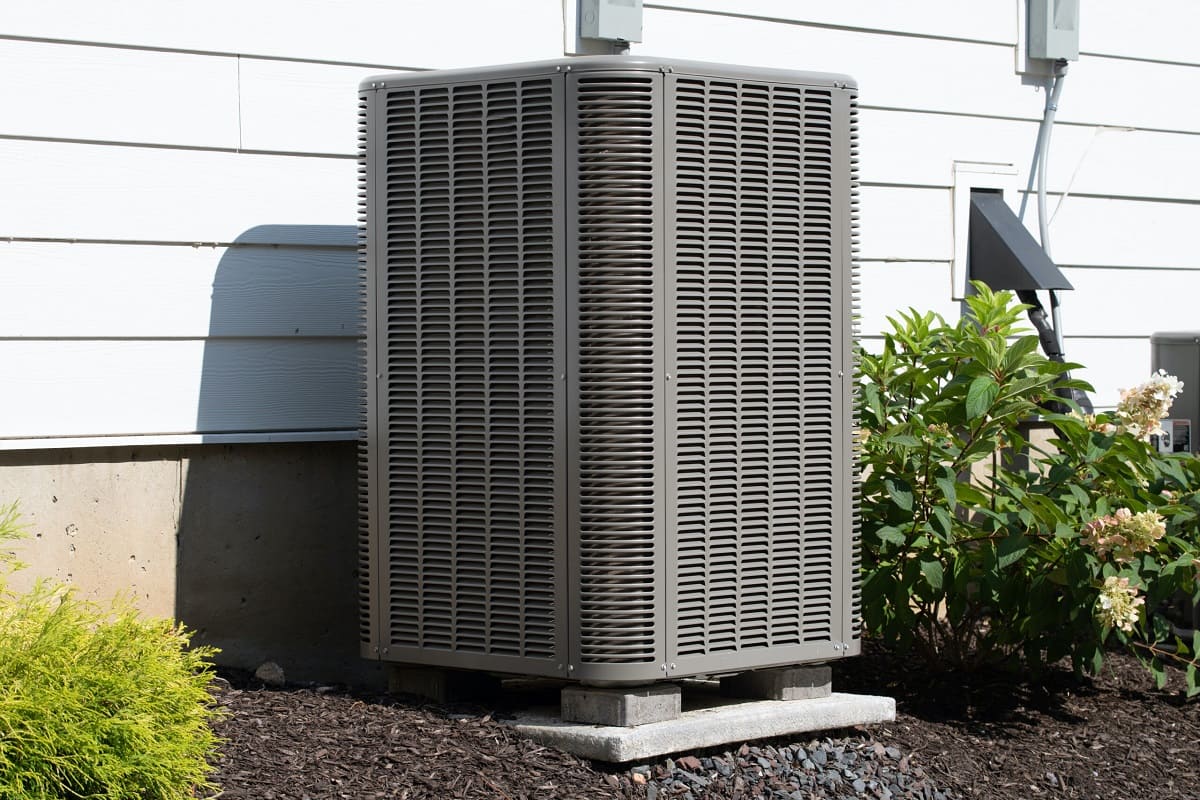
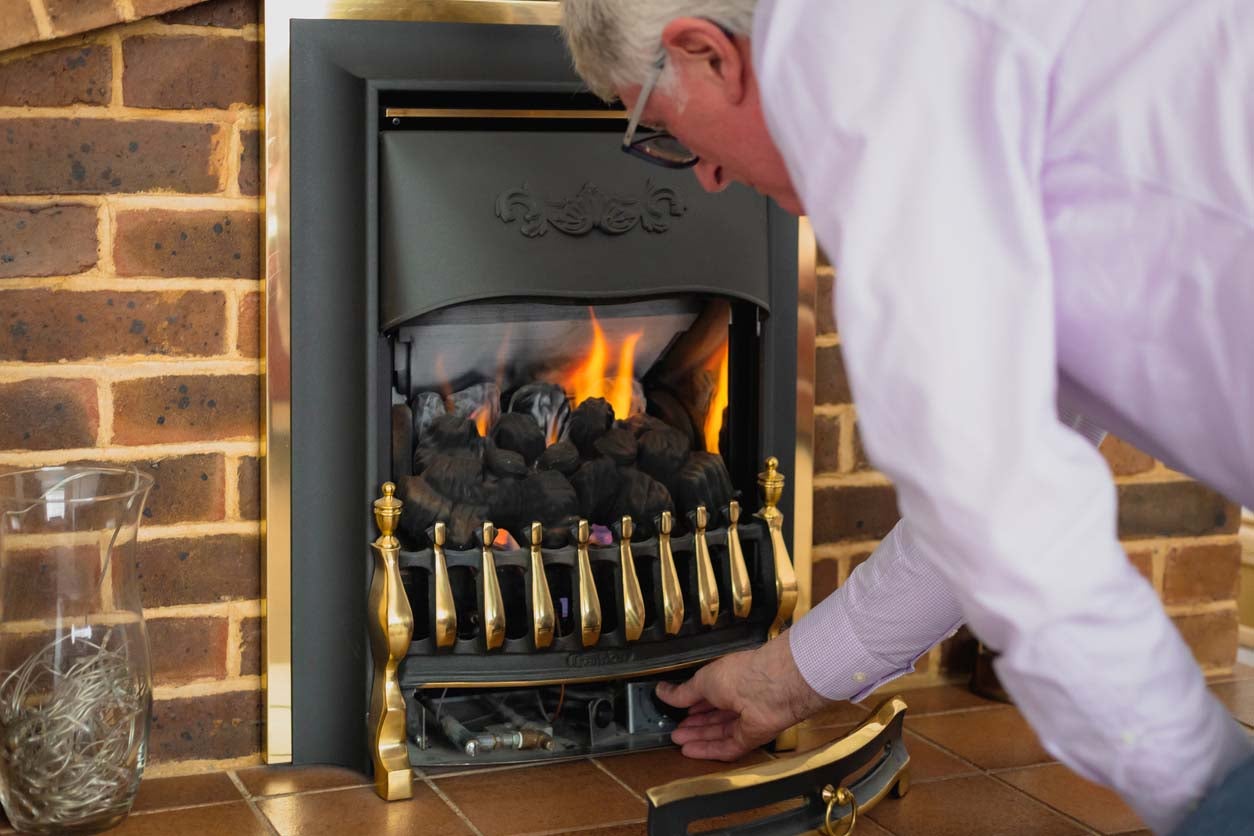
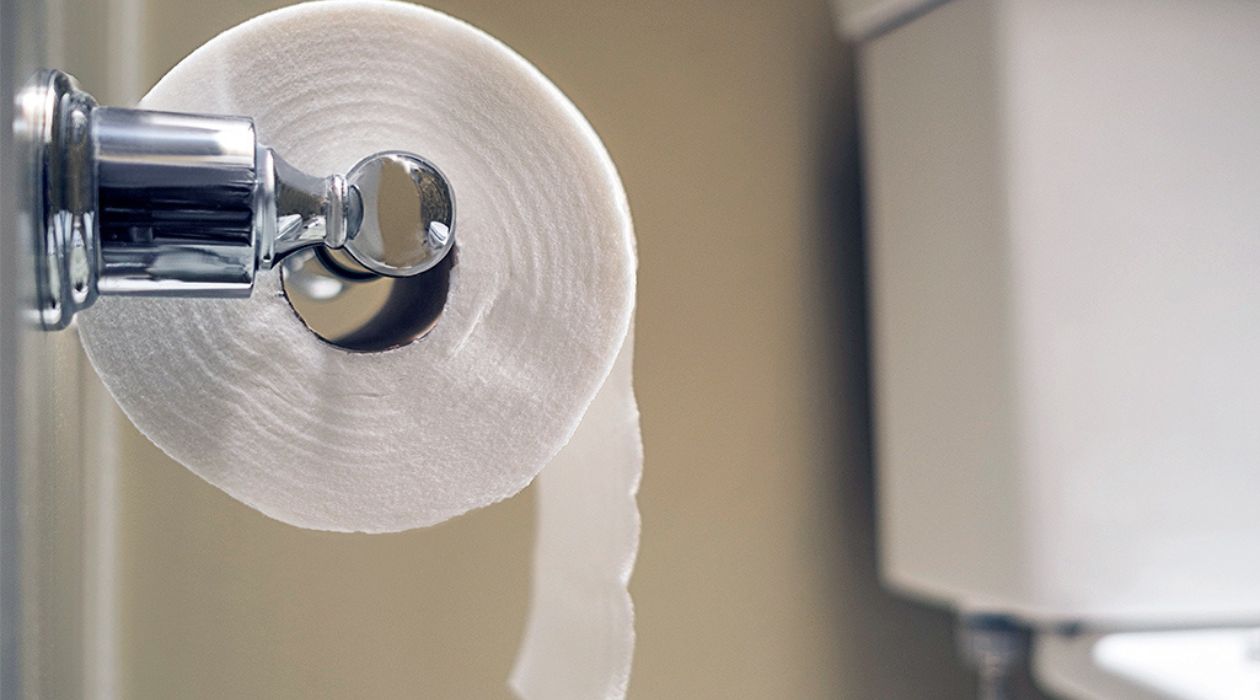

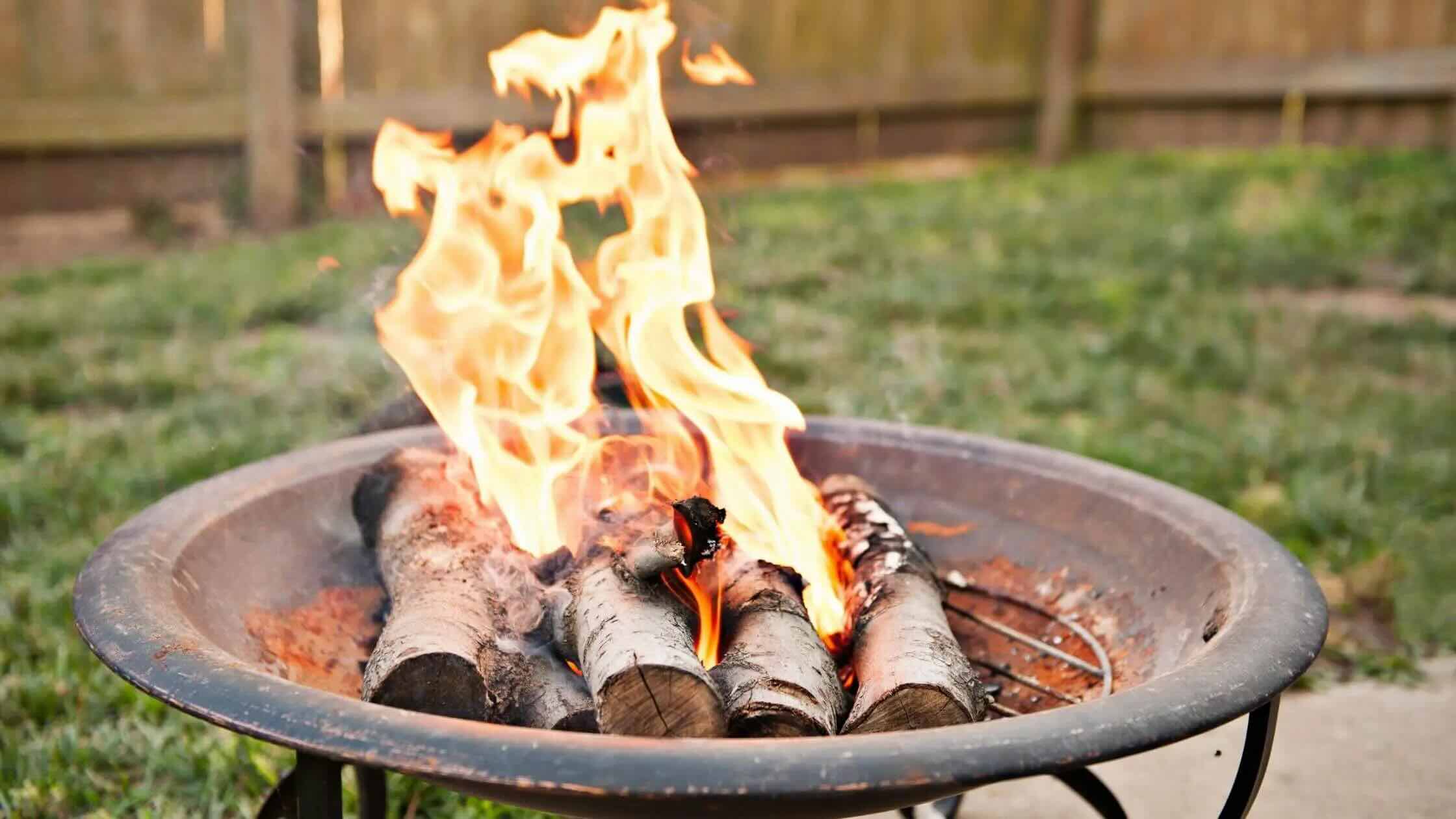

0 thoughts on “What Is The Bottom Part Of A Fireplace Called”